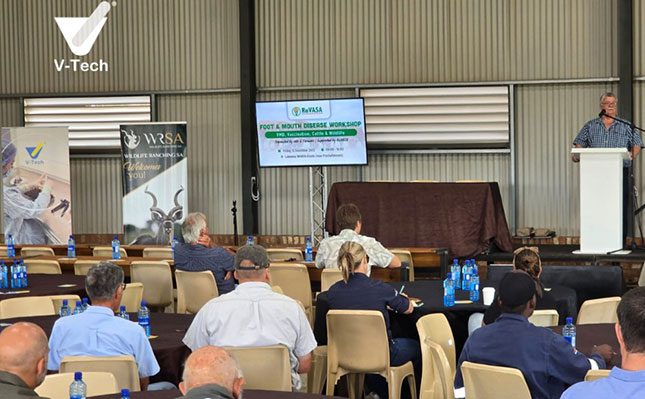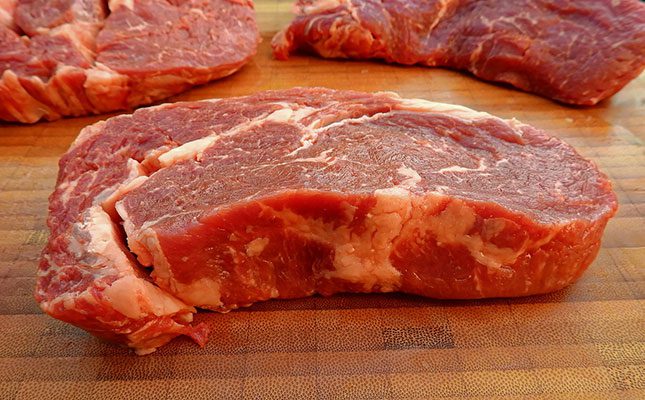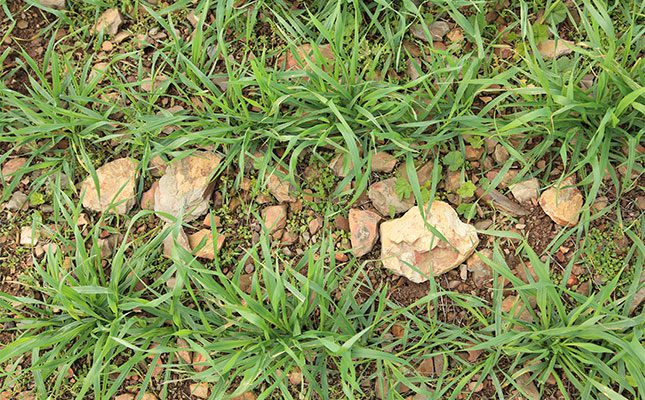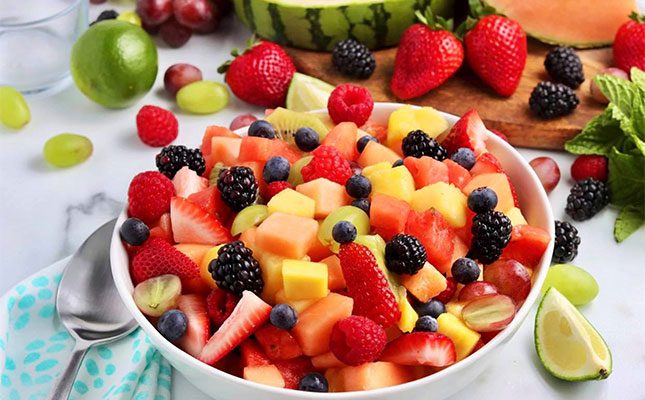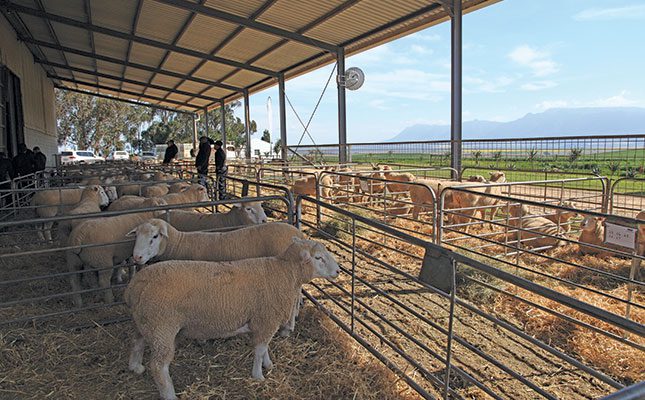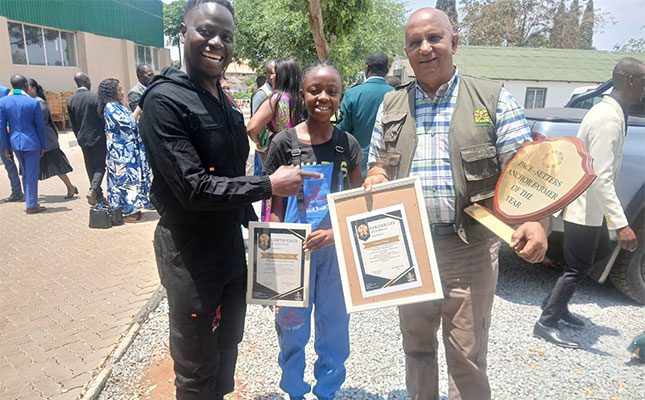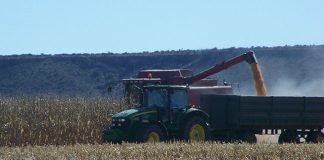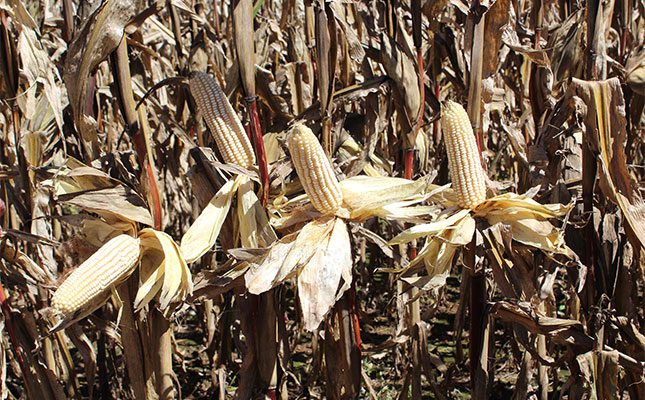
Photo: Lindi Botha
This was according to speakers at the launch of the Bureau for Food and Agricultural Policy’s (BFAP) Baseline 2025 in Pretoria, Gauteng. They said adoption of NBT regulations would help South Africa remain competitive and keep farmers in business.
NBTs include crops whose genes have been edited (GEd) to mimic natural breeding processes. Unlike genetically modified organisms (GMOs), GEd crops don’t contain foreign DNA and are identical to those that have been naturally bred.
South Africa is one of only a handful of countries that have elected to regulate GEd crops as GMOs, significantly increasing development costs and slowing down commercialisation of GEd seed.
Prof Ferdi Meyer, managing director of the BFAP, said the GEd process meant that many more seed development companies, including much smaller ones, could enter the market if regulations were conducive.
“Brazil has seen rapid advances using GEd. If [South Africa is] to play in the export market, we need to have the latest and best technology,” he explained.
Meyer noted that while South Africa’s average annual growth rates in yields had been the fastest in the world, the country still lagged behind Brazil by 10 years.
“Sustaining productivity gains is critical to maintain margins and investment in an environment of declining prices,” he added.
Agriculture’s growth is expected to slow globally since commodity prices are expected to decline. This follows global stocks normalising and limited demand from economically constrained consumers.
“Consumers are falling back into lower-income groups. It’s not what you want to see for strong demand for agricultural products,” Tracy Davids, a director at BFAP, said.
She noted that the 2025/26 grain season would see bumper crops globally. “The US has expanded the area planted to grain, and Brazil is expecting a record crop. Australia’s and the Black Sea region’s crops are also looking good, although it’s unclear whether grain from the latter will be exported, considering the ongoing conflict in the area.
“Africa’s harvest is looking much better than last year, and it’s likely that they will require fewer imports than previous years, which will impact South Africa’s exports,” Davids added.
She said consolidation in the grain industry was inevitable, emphasising that productivity growth was key to sustaining producers and would require a harmonised NBT policy.
As a case in point, Meyer pointed to the soya bean industry and the gains made as a result of a focus on technology, among other factors.
“There were four key drivers that made this happen: there was a strong drive by organisations like the Protein Research Foundation, Grain SA, and the Oilseeds Advisory Committee to improve technology and extension services; and a clear policy directive by the Department of Trade, Industry and Competition to promote private-sector investment in crushing plants.
“There were extensive cultivar trials, improved farming practices, introduction of a technology levy, plant breeding, soil management, technologies for pest control, seed production technologies, and machinery improvement. Then there was a rapid expansion in the production of poultry and other livestock products to absorb the increase in volumes of soya bean meal. This took South Africa from having to import soya bean meal to becoming self-sufficient and now exporting,” Meyer explained.

